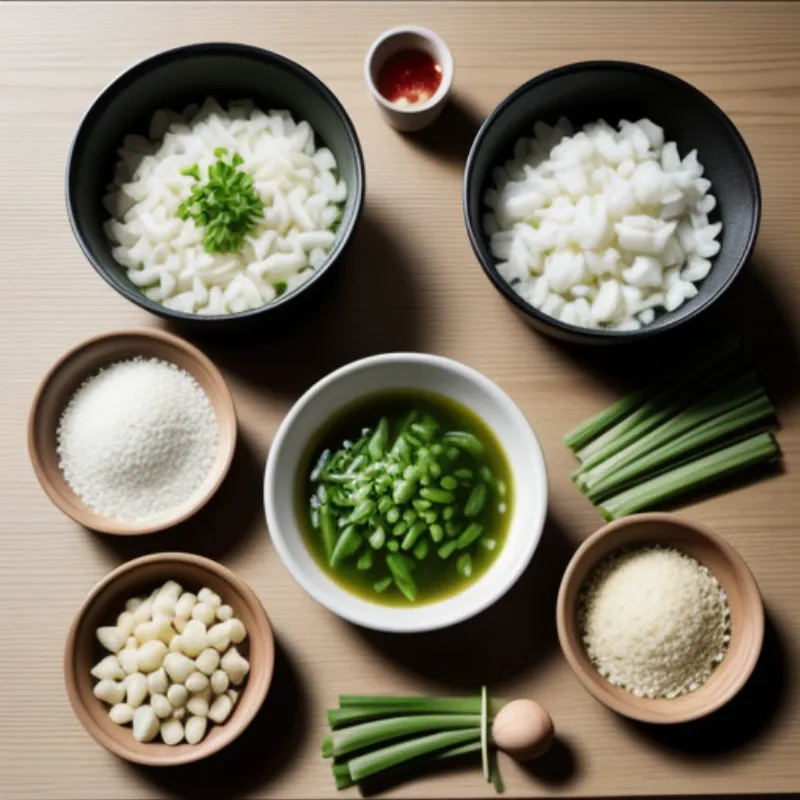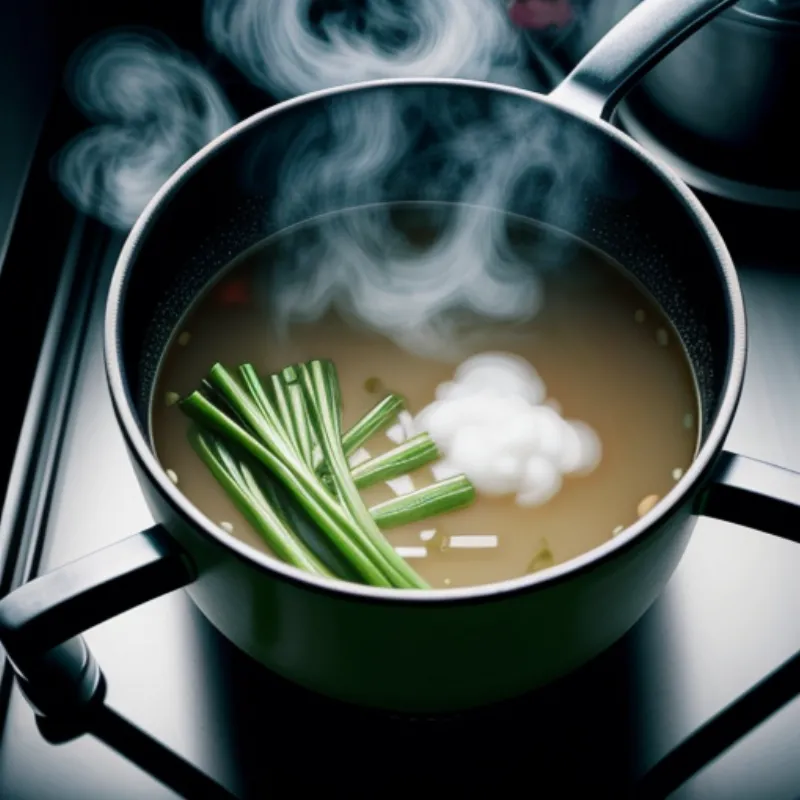Few things are as comforting and satisfying as a warm bowl of miso soup. This Japanese staple is traditionally enjoyed for breakfast, lunch, or dinner, and is incredibly easy to make at home. In this guide, we’ll walk you through the steps of creating a delicious and nourishing vegetable and tofu miso soup that will warm your heart and delight your taste buds.
Why You’ll Love This Miso Soup Recipe
This recipe is perfect for those new to Japanese cooking or looking for a simple yet flavorful meal. It’s incredibly versatile, allowing you to use whatever vegetables you have on hand. Not only is it delicious, but it’s also packed full of nutrients and probiotics, thanks to the miso paste.
Ingredients
Here’s what you’ll need to make this comforting soup:
- 4 cups (950 ml) water
- 1 (1-inch) piece kombu (dried kelp)
- 1/2 cup (70g) diced firm tofu
- 1/4 cup (40g) sliced shiitake mushrooms
- 1/4 cup (35g) chopped green onions
- 1 tablespoon (15g) white miso paste
Optional additions:
- 1/2 cup chopped bok choy
- 1/4 cup wakame seaweed
- A drizzle of sesame oil for added aroma
- A sprinkle of chili flakes for a touch of heat
Equipment
- Medium saucepan
- Whisk or fork
Instructions
-
Prepare the dashi: In a saucepan, combine the water and kombu. Bring to a simmer over medium heat. Once simmering, reduce heat to low and cook for 5 minutes. Remove the kombu from the pot (you can save it for another use, such as making a delicious kombu salad).
-
Cook the vegetables: Add the tofu, mushrooms, and green onions to the pot. Simmer for 5-7 minutes, or until the vegetables are tender.
-
Dissolve the miso paste: In a small bowl, whisk together a few tablespoons of the hot soup broth with the miso paste until smooth. Pour the mixture back into the saucepan.
-
Serve and enjoy: Ladle the soup into bowls and serve immediately.
 Miso Soup Ingredients
Miso Soup Ingredients
Tips and Tricks
- For a richer flavor: You can use a combination of white and red miso paste.
- Don’t boil the miso paste: Boiling the miso will destroy its beneficial enzymes and can result in a less flavorful soup.
- Customize your soup: Feel free to add other vegetables you enjoy, such as spinach, carrots, or daikon radish.
- Make it ahead: The soup can be stored in an airtight container in the refrigerator for up to 3 days.
 Cooking Miso Soup
Cooking Miso Soup
Conclusion
Making your own vegetable and tofu miso soup at home is easier than you think! This recipe is a great starting point, and you can easily adapt it to your liking by adding your favorite vegetables and seasonings. We hope this guide inspires you to bring the comforting flavors of Japanese cuisine to your own kitchen.
Don’t forget to check out our other delicious miso soup recipes, including a classic How to Make Miso Soup guide and a helpful tutorial on How to Make Konbu Dashi Sauce.
Let us know in the comments below if you tried this recipe and how you enjoyed it. We love hearing from you!
